Welcome back to Decouple, the best source for cutting-edge analysis on clean energy, with weekly interviews by Chris Keefer. Watch on YouTube, Spotify, or Apple.
This week, we talk carbon capture. Canadian engineer and entrepreneur Ian MacGregor joins me to explore this misunderstood technology through the lens of someone who's actually built it. MacGregor, the architect behind the Alberta Carbon Trunk Line—the largest carbon capture and storage project in the world—cuts through the hype to discuss the thermodynamic and economic realities that govern this technology. Informed by decades of hands-on experience, he challenges popular narratives while offering a pragmatic vision for how carbon capture might realistically develop.
Watch now on YouTube.
We talk about
Origins of carbon capture in enhanced oil recovery using naturally occurring CO₂ deposits
Different capture methods: pre-combustion, gasification, and post-combustion challenges
Technical breakdown of CO₂ transport requirements and reservoir types
Development and implementation of the Alberta Carbon Trunk Line project
Economic realities of carbon capture projects and the role of government policy
Critique of current approaches to climate technology development
Integration with existing oil and gas infrastructure
Thermodynamic challenges in different capture scenarios
Role of evolutionary versus revolutionary change in energy systems
"When the thermodynamics don't work, you don't even have to check on the money." –Ian MacGregor
Deeper Dive
The story of carbon capture begins not with climate concerns, but with oil extraction. Enhanced oil recovery, where pressurized CO₂ is re-injected into depleted fields to coax out leftover oil, provided an economic use case for pure CO₂ that drove the first investments in carbon capture technologies.
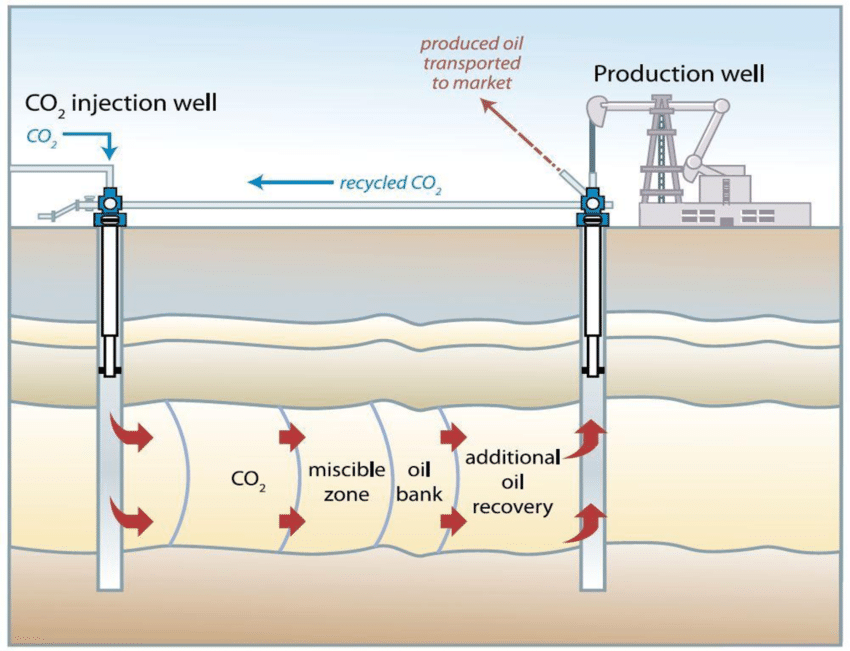
When you’re finished with all the conventional methods, you’ve got about half the oil that was in the reservoir. When you put CO₂ in, you reduce the viscosity of the oil in there if it’s the right kind of oil, and the oil swells. And so you can get [another] half of what’s left. – Ian MacGregor
This foundation in enhanced oil recovery reveals something crucial about carbon capture's economics. According to MacGregor, without the revenue from additional oil extraction, most carbon capture projects struggle to make financial sense. Even with current carbon prices reaching $200-265 per ton in Canada when combining different programs, investors remain wary of projects that depend purely on government support. These projects can take a decade just to break even, and policy support may not survive multiple election cycles.
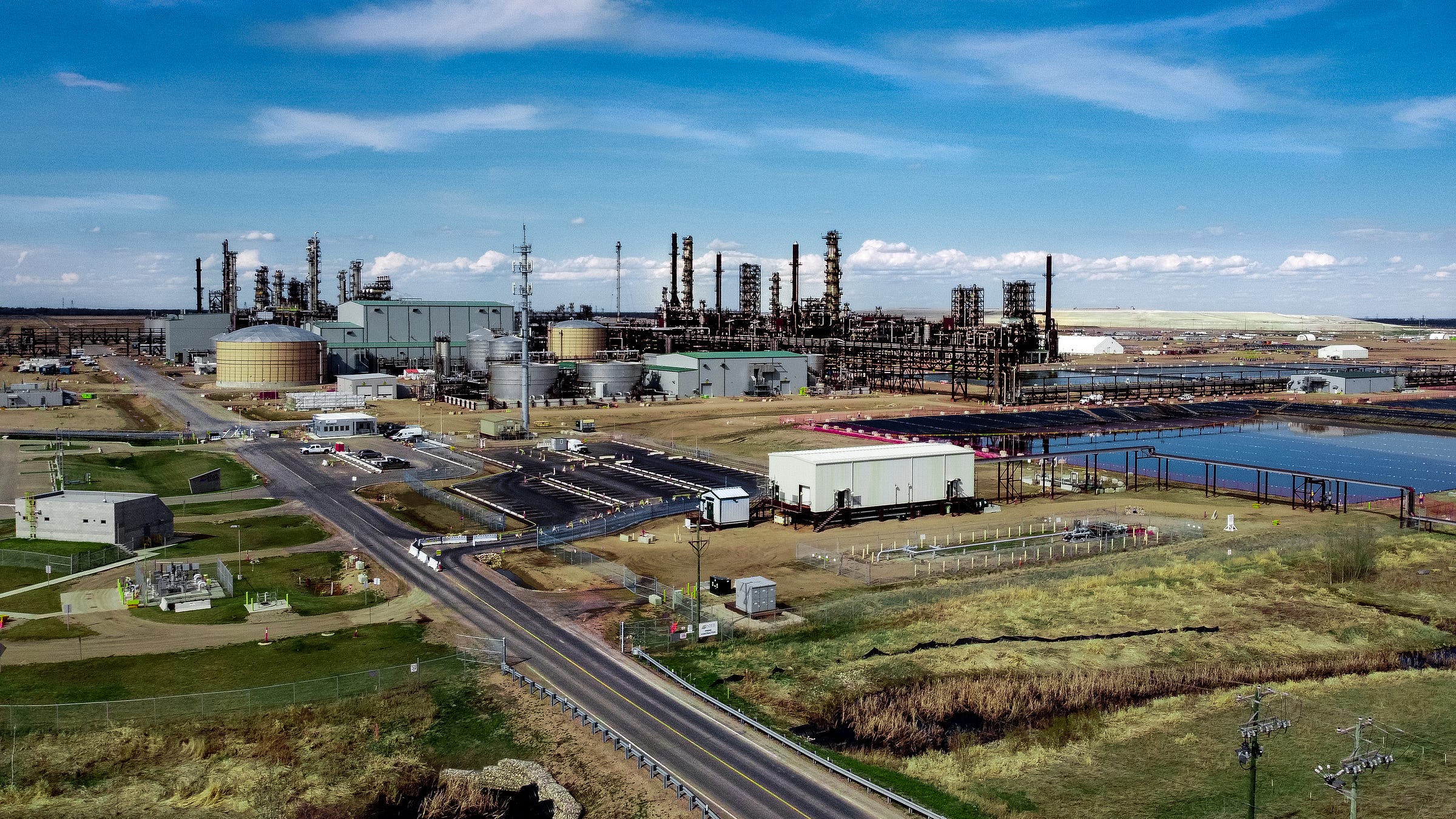
The technical challenges are equally sobering. Post-combustion capture from power plants, the most commonly discussed application in media and policy spheres, faces severe thermodynamic hurdles. Capturing CO₂ from natural gas plants is even harder than from coal plants, as the CO₂ concentration in the exhaust is less than half, meaning a greater volume of gas that must be processed to obtain the same quantity of CO₂. If the economics weren’t challenged enough, the energy penalty is vast — up to 30% of a power plant's output might be consumed just running the capture equipment.
"There are enormous energy requirements because the [exhaust] stream is so large... it's not like there's some trace element in the coal I'm trying to get rid of—it's the whole goddamn thing." – Ian MacGregor
The Alberta Carbon Trunk Line, pioneered by MacGregor, took a different approach. Instead of focusing on post-combustion capture, it connects to industrial processes that naturally produce pure CO₂ streams, like fertilizer production and gasification plants. According to MacGregor, this system has already sequestered 8 million tons of CO₂ and has capacity for 15 million tons annually. The infrastructure was deliberately routed through areas with good oil reservoirs, allowing for future expansion.
MacGregor’s experience has given him an outlook often shared on Decouple: we need to rethink how we approach climate technology development. He argues that too much attention goes to shiny new objects — revolutionary new technologies that often ignore fundamental thermodynamic constraints. Instead, he advocates for evolutionary improvements to existing systems, driven by consistent economic signals that allow industry to gradually adapt and optimize.
I couldn’t help but notice the parallels to nuclear power development. Both industries face the challenge of building massive infrastructure projects that require decades-long planning horizons and stable policy support. Both must work within strict physical and thermodynamic constraints that no amount of technological optimism can overcome. And both suffer when policymakers chase exciting new concepts at the expense of supporting proven approaches.
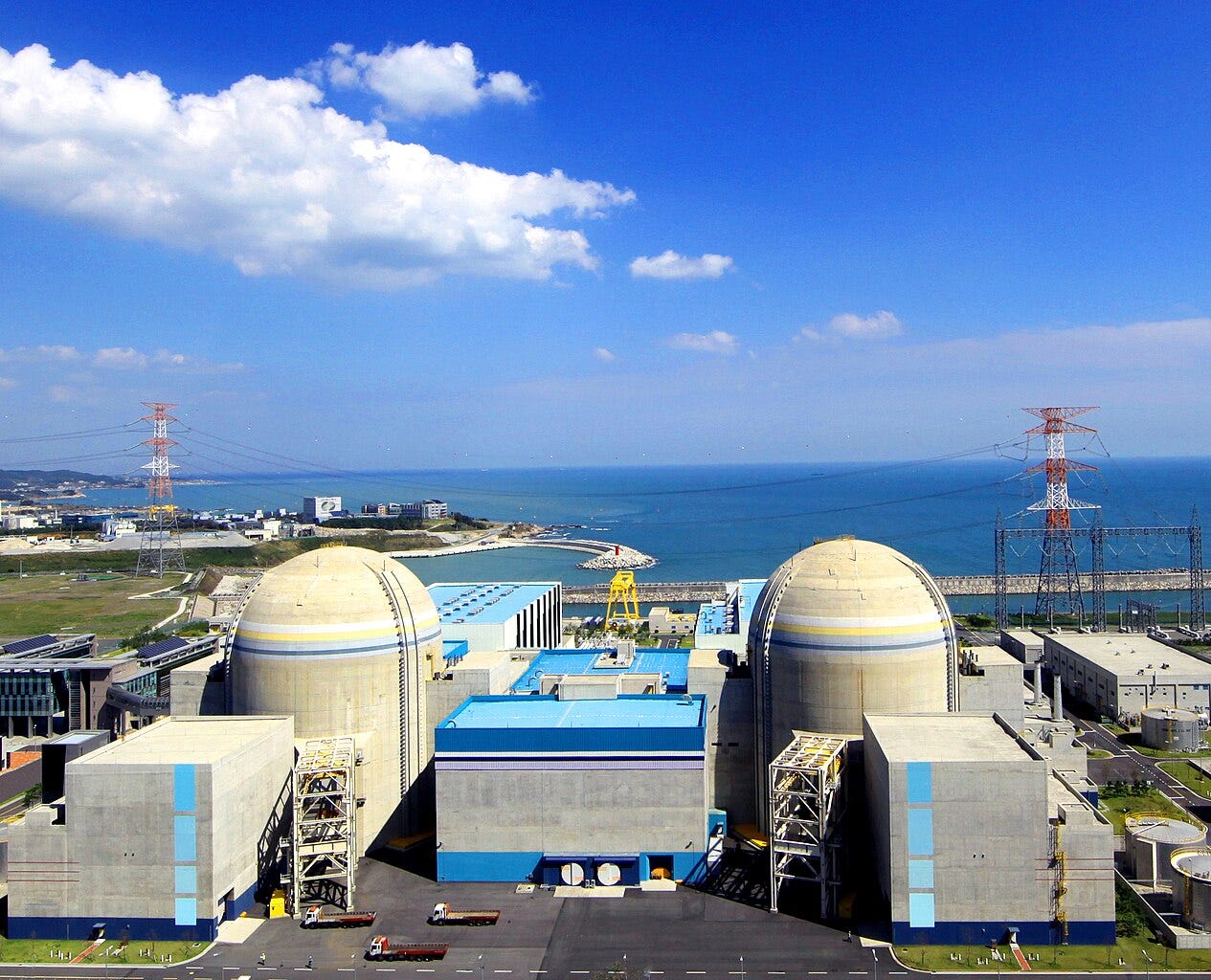
Keywords
Carbon capture and storage (CCS)
Enhanced oil recovery
Alberta Carbon Trunk Line
Gasification
Post-combustion capture
Energy penalty
Infrastructure development
Thermodynamics
Industrial decarbonization
Timestamps
00:00 Introduction and CO2 concentration discussion
04:00 History of enhanced oil recovery
08:10 CO2 capture methods and challenges
15:30 Gasification process explanation
23:20 Pipeline infrastructure requirements
31:40 Alberta Carbon Trunk Line development
38:50 Economic considerations and government policy
44:15 Project financing and enhanced oil recovery
48:30 Energy security implications
51:40 Closing thoughts on technology development
Note: Please forgive the occasional audio glitches in Ian’s audio.


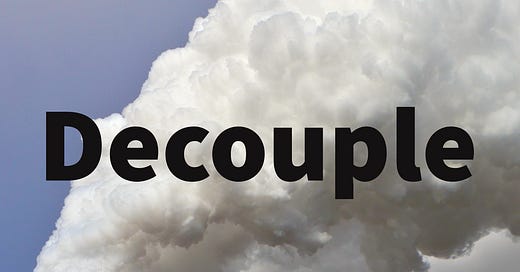

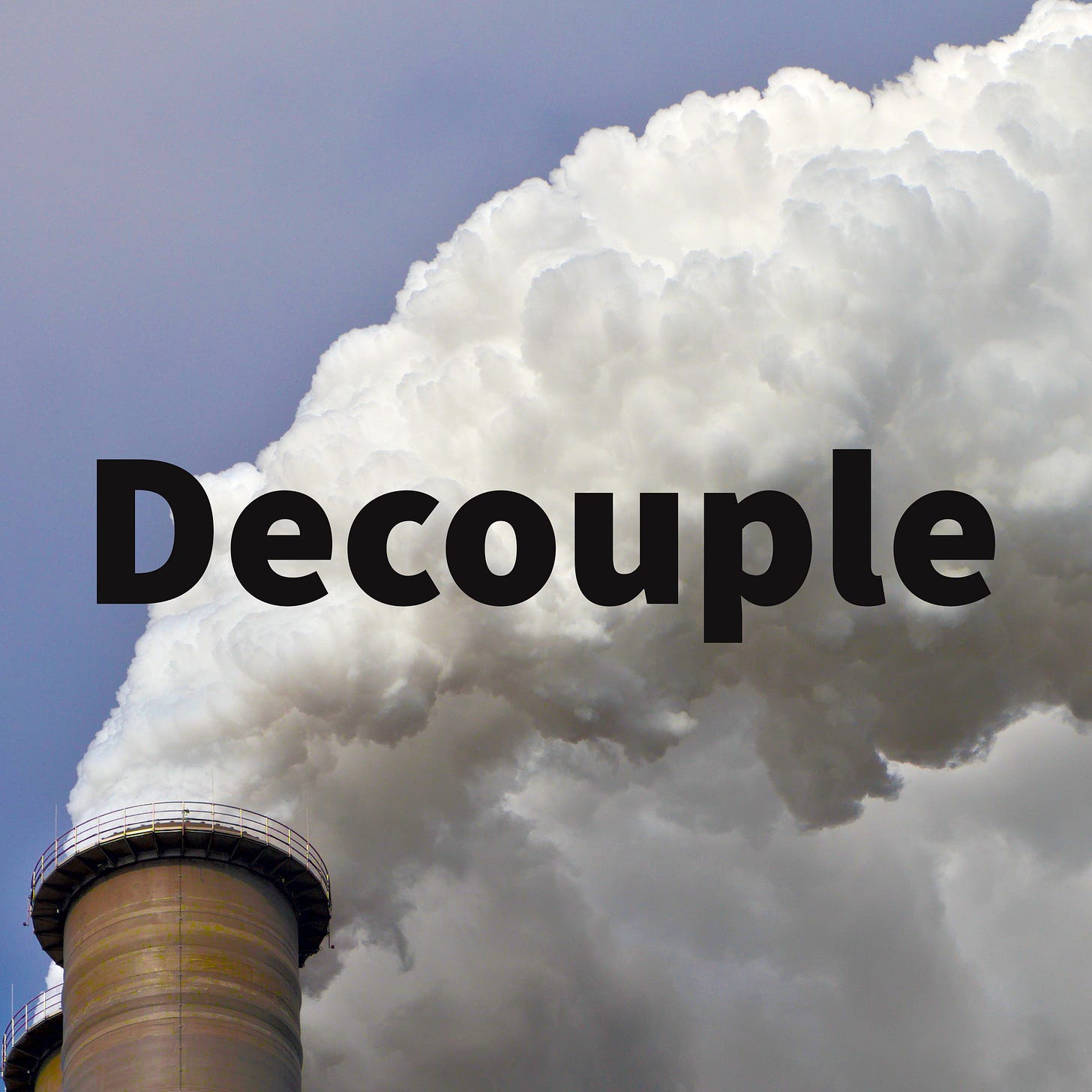
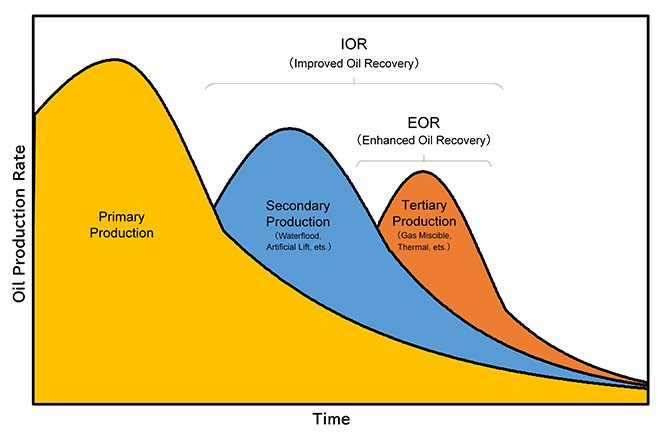
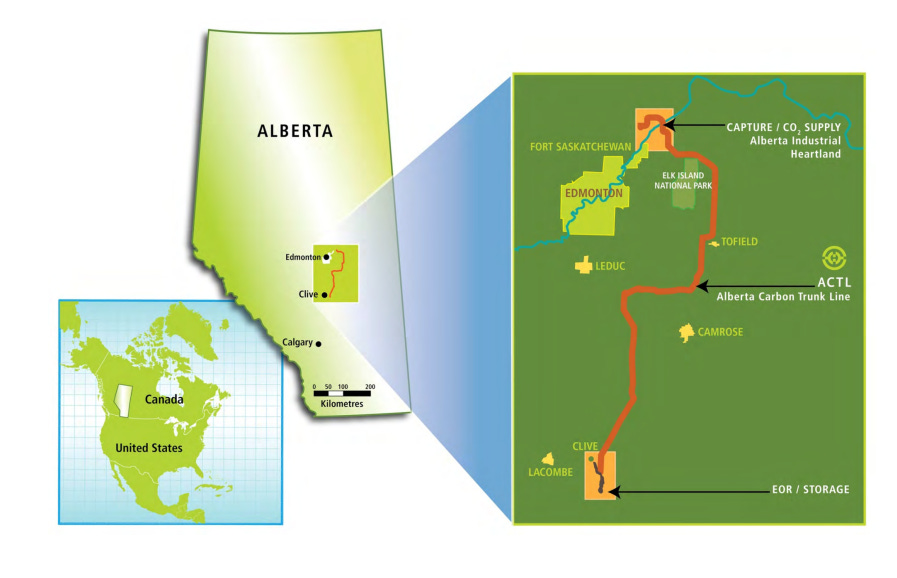
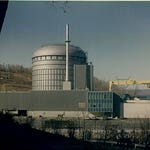
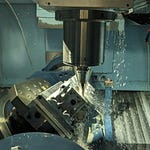



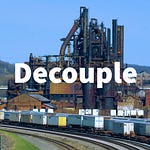

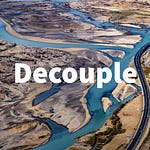
Share this post